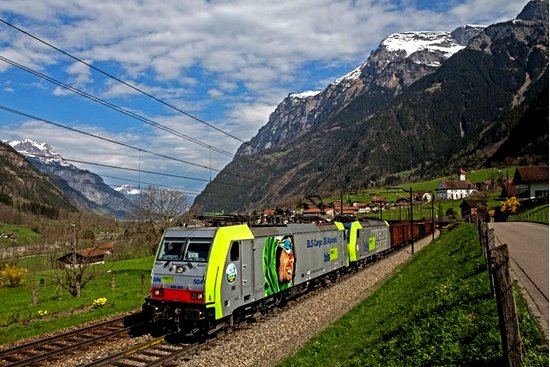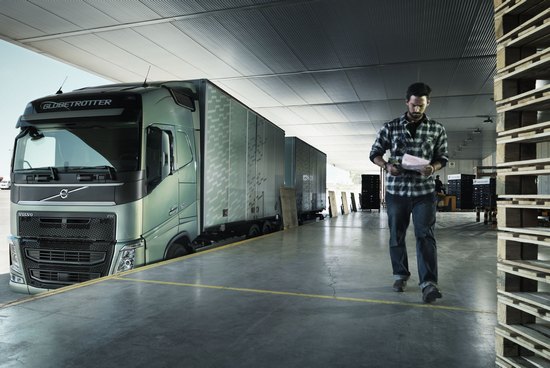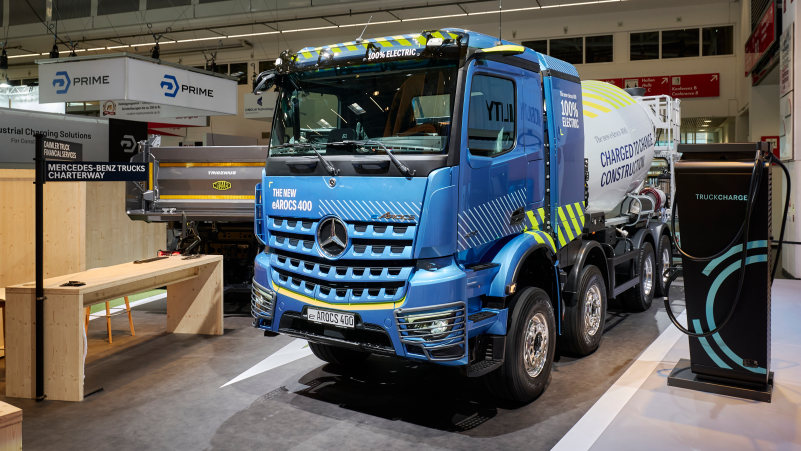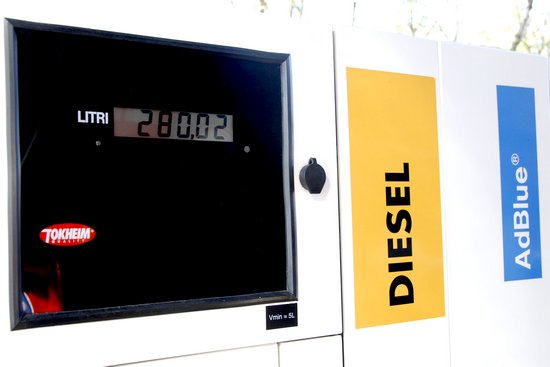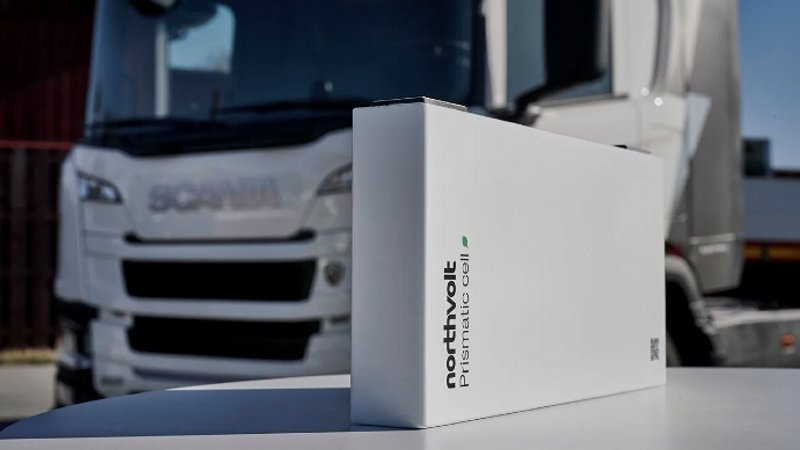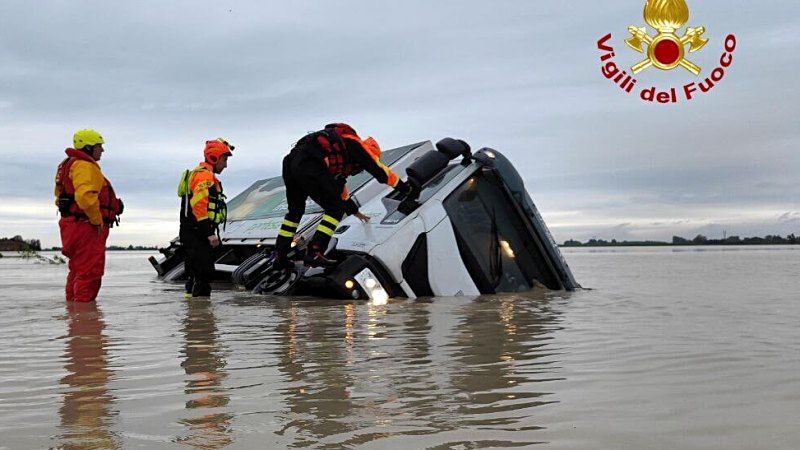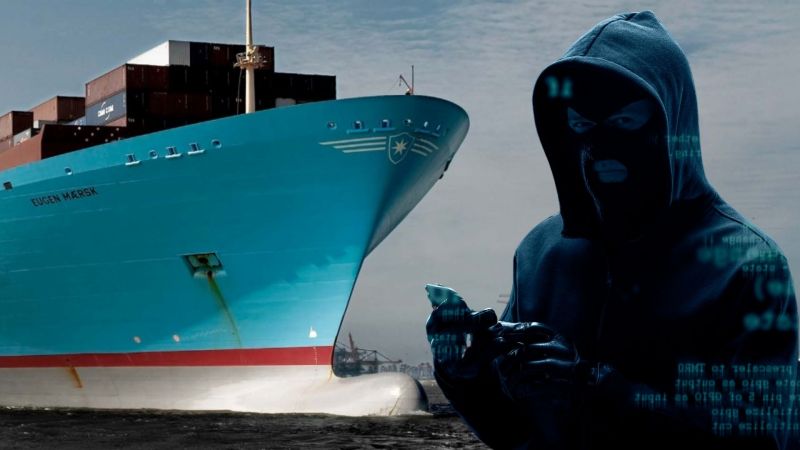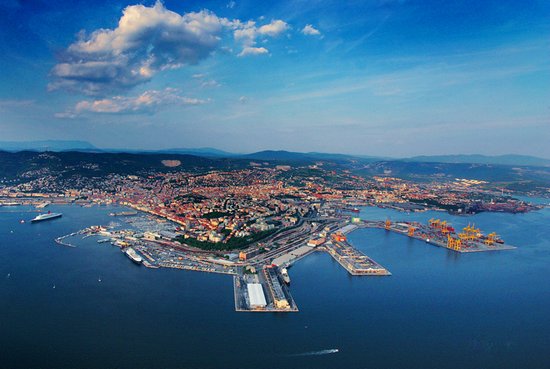The European Reno-Alps freight rail corridor, crucial for cargo movement across Europe, is experiencing capacity shortages due to its saturation and multiple choke points. A report by the Rail Freight Corridor Rhine-Alpine (RFC) association, which leaves little room for optimism, has detailed the current situation and future outlook. Despite various planned or ongoing interventions, congestion is expected to remain a significant challenge throughout the decade, affecting the five involved countries: the Netherlands, Belgium, Germany, Switzerland, and Italy.
In the Netherlands, bottlenecks begin at the corridor's northern terminal, particularly around the extensive port area of Rotterdam (including Pernis, Waalhaven, Botlek, Kijfhoek) and the border lines connecting to Germany via Venlo and Zevenaar. The central Belgian railway stretch from Roosendaal to Breda to Tilburg is also expected to face capacity issues by 2030.
Belgium's potential choke points are primarily north of Brussels, stretching from Bruges to Schellebelle through the Ghent node, and the port area of Antwerp. By 2030, the situation is projected to worsen, with major bottlenecks extending across three regions: Ghent, Antwerp, and Aarschot.
Germany, despite numerous renovation and enhancement projects for its railway network, faces critical issues. These include the railway lines connecting Germany with Belgium, such as Kaldenkirchen-Viersen towards Düsseldorf and Aachen-Stolberg, and the key route from the Swiss border at Basel to Frankfurt am Main, notorious for the Rastatt incident in August 2017. Challenges are identified between Basel and Offenburg, and between Mannheim and Zeppelinheim, with a troubled line also in the Cologne-Bonn area, particularly the Hürth-Remagen section.
Switzerland appears to be the sole bright spot, with only one bottleneck identified due to delayed completion of the Lötschberg tunnel's double-tracking, now postponed beyond 2035. After years of indecision, the Swiss government in summer 2023 finally opted for the full expansion of the 34.5-kilometer base tunnel between Brig and the Bernese Oberland, which has been partially double-tracked since its opening in December 2007.
In Italy, apart from the ongoing works on the Terzo Valico (between Genoa and Tortona), all routes towards the Swiss border and the Lombardy area show capacity limits. Although some partial projects have been approved, construction has yet to begin. The report highlights specific lines like Luino-Laveno, Laveno-Sesto Calende, Busto Arsizio-Rho, Pioltello-Melzo, and Voghera-Tortona, among others. Even in Liguria, between Sestri Ponente and Genova Sampierdarena, a bottleneck is expected to be resolved relatively soon with ongoing works in the Genoa node.
Piermario Curti Sacchi












